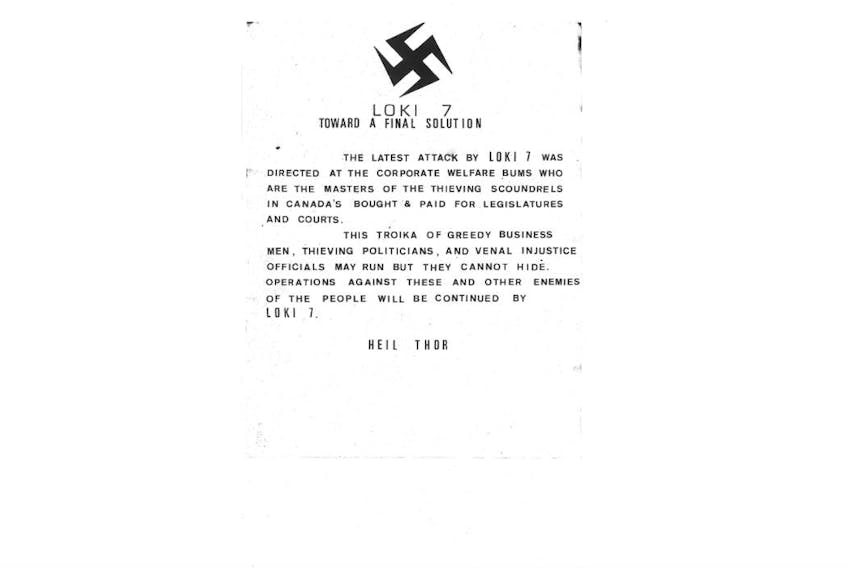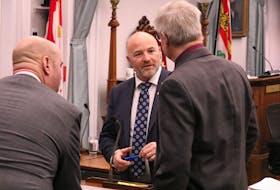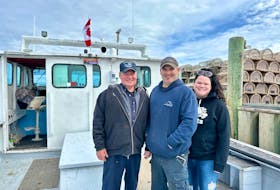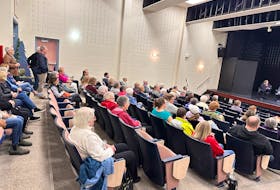CHARLOTTETOWN, P.E.I. - Randy Currie, one of seven officers assigned to a task force in 1996 to track down the elusive Loki 7 bomber, says Roger Bell went from “a person of interest to a viable suspect to THE suspect.’’
The decision was made to “roll surveillance on him 24/7.’’
That meant setting up shop above a funeral home across from Bell’s apartment on Longworth Avenue in Charlottetown.
The round-the-clock surveillance was aided by planting a hidden camera and audio device in his apartment and another camera in the hallway outside his apartment to keep track of Bell’s every move.
Whenever he left his home, he was followed.
RELATED: Convicted bomber Roger Bell’s reign of terror began 30 years ago
Currie, naturally, got to know Bell rather intimately without actually talking to the man.

“When you watch someone 24 hours a day, you get to know their habits…every one (on the task force) used to say ‘what’s Roger up to today?’’
So, what was Bell up to day in and day out while under constant watch? Not a whole lot, really.
He would. Currie recalls, make his own booze and take great amusement in the satirical news show This Hour Has 22 Minutes.
He would not interact with anyone. He usually did not even speak to clerks when making a purchase. He simply pointed.
He would make frequent trips to the Confederation Library and would often get around town on his bicycle.
Currie says the surveillance, which stretched over five months, could be a real grind.
“When it is 2:30 or 4:30 in the morning on a rainy November in the middle of the week, it’s tough sledding,’’ he says.
“You’re just sitting there but you have to keep your eyes on the camera.’’
A TIMELINE OF THE BOMBINGS
Charlottetown Police Deputy Chief Brad MacConnell was also a member of the task force.
He says keeping tabs on Bell non-stop made for long nights, but adds police could simply not let the prime bombing suspect out of their sight.

“The most common saying in police work is that surveillance is over-rated because it’s long, boring hours, especially with Roger because his life was so mundane - sitting and listening and watching him do nothing for months, not interacting with people,’’ says MacConnell.
The task force, he stresses, never lost sight of the fact that any time Bell walked out the door of his apartment, he might be going to set another bomb.
“The investigation was very busy,’’ adds Jerry Woolfrey, a retired RCMP staff sergeant who coordinated the task force along with Mike Quinn, a retired detective of the Charlottetown Police Services.
“It was a 24/7 thing for months on end…everybody knew the importance of it and the consequences.’’









